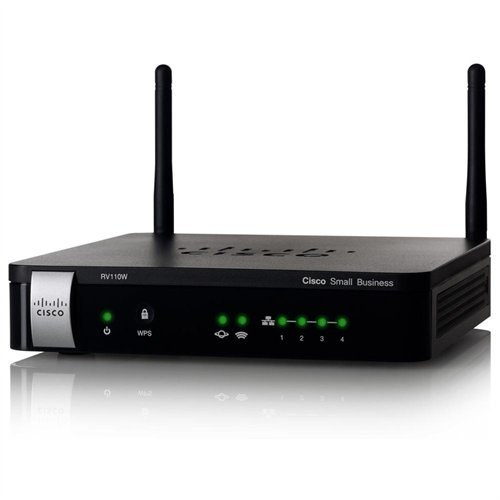Firewalls and routers are the gate keepers of the information that is sent and received between your office and the world. Not only do they allow multiple devices (workstations, mobile phones, tablets) connect to the internet through your internet connection, they are often the first line of defense against any digital attacks on your agency.
Some firewalls take a bit of configuration to set up. Most small to medium sized businesses won't need a complex firewall to suit their needs. However, your IT personnel should be consulted regarding the network solution that will work for your business and technological aptitude. There's no use getting the most advanced device out there if you have no need for that level of complexity. With that said, here are some network solutions that have built in protection while maintaining the most easy to use and configure settings.Routers with Wireless

- 300 Mbps Wireless N - VPN Capable for 8 Connections

- Wireless N - VPN Capable for 5 Connections

- Wireless N - VPN Capable for 5 Connections

- 450 Mbps Wireless N - No VPN
Routers without Wireless

- No Wireless - VPN Capable for 5 Connections
 >
>- No Wireless - VPN Capable for 16 Connections

- No Wireless - No VPN
Switches
Switches allow your network to branch out in physical directions. While your router will support multiple physical connections, switches allow each of those connections to multiply. For a simple example, let’s say that your firewall router has four ports. In a switchless environment, that would allow for four ethernet (not counting wireless here) connections. Whereas a network with the same router that utilized switches allows for at least 16 connections to that same router. This is powerful because it allows the router to control all the information for your organization, so everybody is using the same “networking rules” and gets the same level of protection set forth by your agency and IT department.

- 8 Ports - 10/100/1000 Mbps Speeds

- 8 Ports - 10/100/1000 Mbps Speeds

- 5 Ports - 10/100/1000 Mbps Speeds

- 8 Ports - 10/100/1000 Mbps Speeds
If you have any suggestions for any additional resource material, please contact us here or email us at info@availhealth.com

